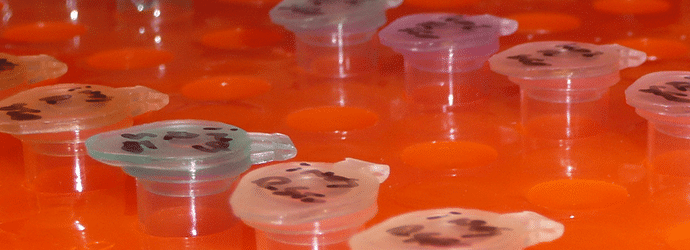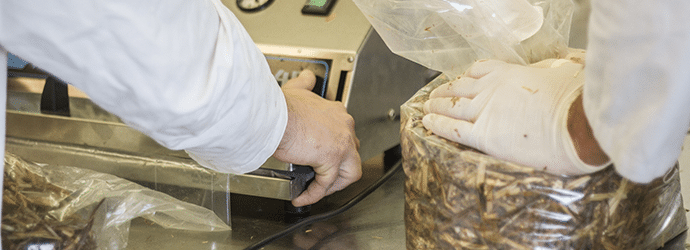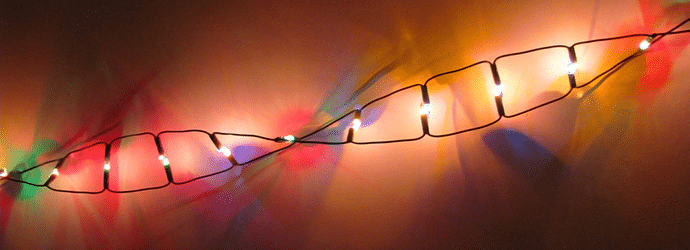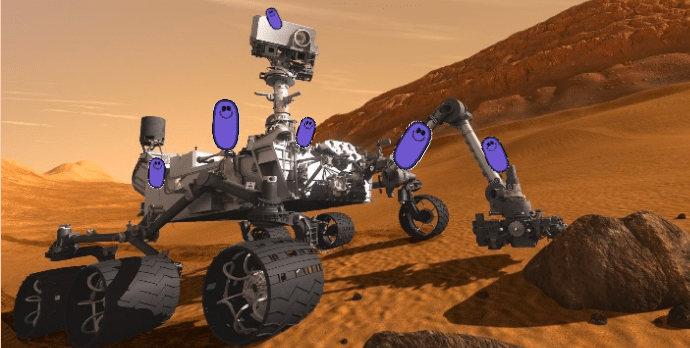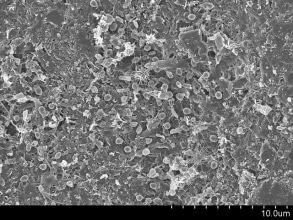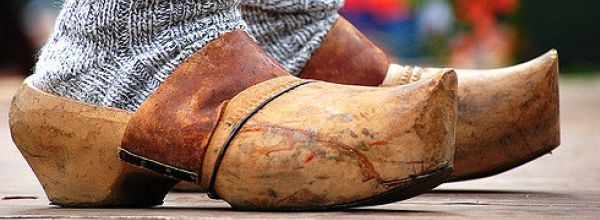Protease Inhibitors 101: How They Work and How to Use Them
Protease inhibitors are a requirement in many lab experiments. In this article, we’ll take you through how protease inhibitors work, why we need them, and how to use them correctly and safely.
















